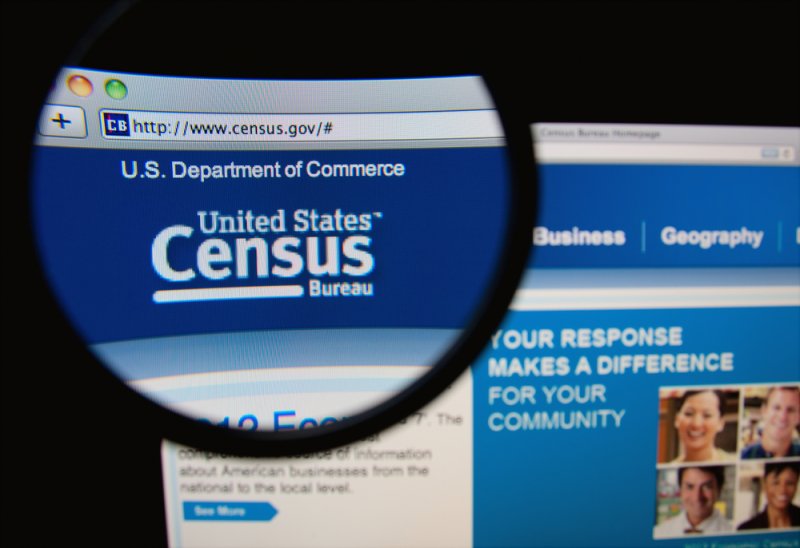
Dried lake bed bakes in the sun at Nicasio Reservoir in Nicasio, Calif., on July 10. NOAA predicted that for the second year in a row, drought conditions will worsen in the western U.S. due to a dry, hot spring.
File Photo by Terry Schmitt/UPI | License Photo
March 18 (UPI) -- Below-average precipitation and above-average temperatures this spring are expected to worsen widespread drought across much of the U.S. West, national forecasters have predicted in a spring outlook report.
The National Oceanic and Atmospheric Administration's Climate Prediction Center said 60% of the contiguous United States is under moderate to exceptional dry conditions this week, and that will only worsen as spring advances.
"Severe to exceptional drought has persisted in some areas of the West since the summer of 2020 and drought has expanded to the southern Plains and Lower Mississippi Valley," said Jon Gottschalck, chief of the Operational Prediction Branch at the Climate Prediction Center. "With nearly 60% of the continental U.S. experiencing minor to exceptional drought conditions, this is the largest drought coverage we've seen in the U.S. since 2013."
Gottschalck said it's likely some drought areas will become worse, increasing wildfire risk across the Southwest, Southern Plains and Central Plains. Drought conditions aren't likely to improve until late-summer monsoon season.
Above-average temperatures are expected in the Southern Rockies and Southern Plains, with below-average temperatures most likely in the Pacific Northwest and southeast Alaska.
Despite drought conditions in the West, NOAA said above-average precipitation is expected in parts of the Great Lakes, Ohio Valley, mid-Atlantic and the west coast of Alaska. There's a minor-to-moderate flood risk in the eastern United States and Alaska.
"Due to late fall and winter precipitation, which saturated soils and increased streamflows, major flood risk potential is expected for the Red River of the North in North Dakota and moderate flood potential for the James River in South Dakota," said Ed Clark, director of NOAA's National Water Center.
March 18 (UPI) -- Below-average precipitation and above-average temperatures this spring are expected to worsen widespread drought across much of the U.S. West, national forecasters have predicted in a spring outlook report.
The National Oceanic and Atmospheric Administration's Climate Prediction Center said 60% of the contiguous United States is under moderate to exceptional dry conditions this week, and that will only worsen as spring advances.
"Severe to exceptional drought has persisted in some areas of the West since the summer of 2020 and drought has expanded to the southern Plains and Lower Mississippi Valley," said Jon Gottschalck, chief of the Operational Prediction Branch at the Climate Prediction Center. "With nearly 60% of the continental U.S. experiencing minor to exceptional drought conditions, this is the largest drought coverage we've seen in the U.S. since 2013."
Gottschalck said it's likely some drought areas will become worse, increasing wildfire risk across the Southwest, Southern Plains and Central Plains. Drought conditions aren't likely to improve until late-summer monsoon season.
Above-average temperatures are expected in the Southern Rockies and Southern Plains, with below-average temperatures most likely in the Pacific Northwest and southeast Alaska.
Despite drought conditions in the West, NOAA said above-average precipitation is expected in parts of the Great Lakes, Ohio Valley, mid-Atlantic and the west coast of Alaska. There's a minor-to-moderate flood risk in the eastern United States and Alaska.
"Due to late fall and winter precipitation, which saturated soils and increased streamflows, major flood risk potential is expected for the Red River of the North in North Dakota and moderate flood potential for the James River in South Dakota," said Ed Clark, director of NOAA's National Water Center.








.jpeg)

